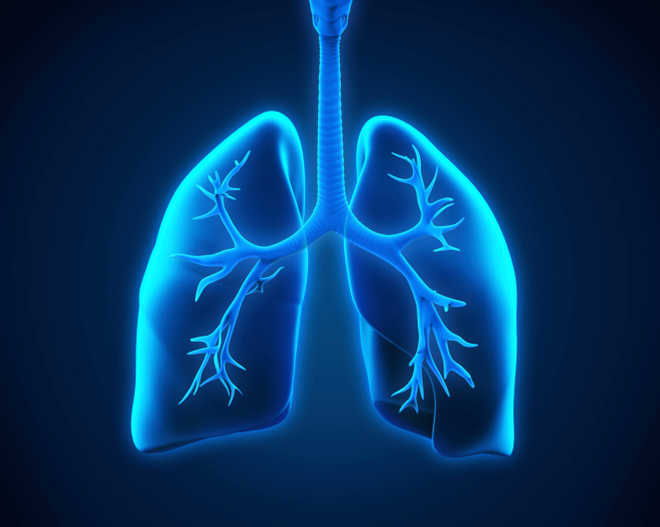3D mini organs mimic features of full sized lungs
New York, May 13
Scientists have developed three dimensional (3D) mini organs in a lab which mimic the features of a full-sized lung.
The advance could help increase the understanding of a variety of respiratory diseases, researchers said.
Researchers from Columbia University in the US created the lung "organoids" in a lab dish with the help of human pluripotent stem cells, which can potentially produce any cell or tissue the body needs to repair.
Organoids are 3D structures containing multiple cell types that look and function like a full-sized organ, researchers said.
The lung organoids created by researchers are the first to include branching airway and alveolar structures, similar to human lungs.
Researchers showed that the organoids reacted in much the same way as a real lung does when infected with respiratory syncytial virus (RSV).
Additional experiments revealed that the organoids also responded as a human lung would when carrying a gene mutation linked to pulmonary fibrosis.
RSV is a major cause of lower respiratory tract infection in infants and has no vaccine or effective antiviral therapy.
Idiopathic pulmonary fibrosis, a condition that causes scarring in the lungs, causes 30,000 to 40,000 deaths in the US each year. A lung transplant is the only cure for this condition, researchers said.
By reproducing an organ in a dish, researchers hope to develop better models of human diseases, and find new ways of testing drugs and regenerating damaged tissue.
"Organoids, created with human pluripotent or genome-edited embryonic stem cells, may be the best, and perhaps only, way to gain insight into the pathogenesis of these diseases," said Hans-Willem Snoeck, professor at Columbia University.
The study was published in the journal Nature Cell Biology. PTI
Unlock Exclusive Insights with The Tribune Premium
Take your experience further with Premium access.
Thought-provoking Opinions, Expert Analysis, In-depth Insights and other Member Only Benefits
Already a Member? Sign In Now










